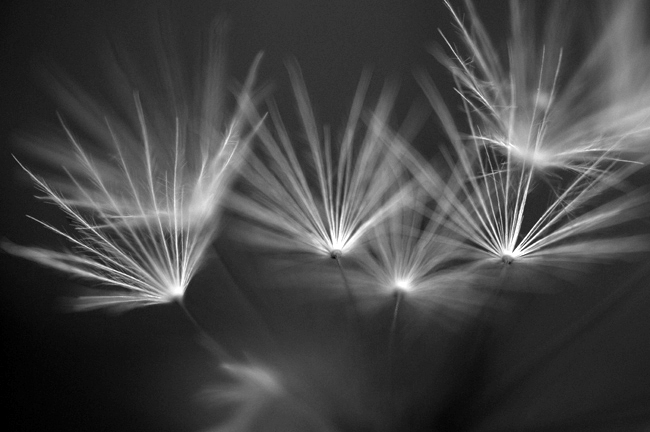
As the lines between amateur and Professional blend together in Stock Photography it becomes obvious that pricing for images will also blend together on a downward spiral. There are just to many quality images being produced and buyers, clients and businesses are now having such a wider choice for their image sources that all price points from exclusive RM to micro RF will go down even more. In retail if you have similar products and sell to the same customer base how do you gain market share. Well, you can give the client better customer service and try and distinguish your brand from the other competition through edgy advertising and directly attracting the age group you want. You can locate your store in a great traffic location with plenty of parking and so on. Or you could reduce your prices and compete on volume. The lowering of prices will work for awhile but eventually you will want to raise your prices because as with any product you sell, costs do go up. But if you try and raise your prices before the other guy then you could lose market share to your competition and again be stuck having to lower your prices again and again a race to the bottom. Timing is everything.
With photos it is the same but different. The internet is a perfect vehicle for buying photos especially when the photos can be bought through a streamlined credit card process. No overhead or negotiations just upload and sit back and see the money come in. It is a little harder than that, you still have to be found (SEO Search Engine Optimization) and you still have to price your images so you and your family can survive. But on the internet how do you compete with other photographers who are willing to shoot and sell their photos for less. Well you can't give your images away for free to gain market share (even though some portals are now doing that to to try and hook clients and sell them up to a paying customer status, good luck with that). So how do you compete with the tsunami of cheap imagery out on the web and still make a living wage? How do you maintain a pricing model that gives you a decent return on your shooting investment? Lowering prices will not work because the return on your shooting investment would be disastrous. Prices are already rock bottom low and they could still go lower as the microsites begin to max out their contributors wallets by trying different schemes (subscription) in order to maintain volume and profit for themselves. Photographer's still have to set up and expend some cash to produce images and in this economic meltdown everybody is trying to survive by working at a job that least pays the rent. Micro shooters are feeling the pain as well right now. What they also are finding out on these micro sites is that the professional Studio Production Companies are beginning to shoot 1,000's of images a month for these microsites and take the little market share these micro shooters had and making their return microscopic.
What all the Distribution portals (Getty, Corbis, istockphoto etc...) are hoping for is volume over pricing. They want to move into the consumer buying market and be the broker that gets a % of each deal that is transacted on their site. But this time they want to move into the arena of lets say a Flickr type distribution portal with billions and billions of imagery where the potential is there for alot of volume to make up for the pennies on the dollar transactions. Where does this leave the photographer trying to make a living at this photography business, out in the cold. There is no way for an Independent Rights Managed Photographer to make a living wage under this system. Volume over Price doesn't work for the Independents. Look at Wall-Mart. Cheap prices for similar products destroys the Mom and Pop stores in the big box community.
So I asked the question above how does a photographer make a living in this environment of volume over decent prices? They can't. Period.




